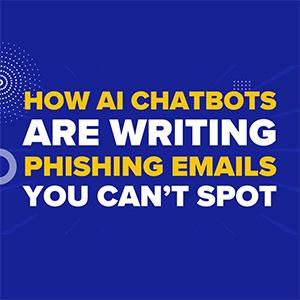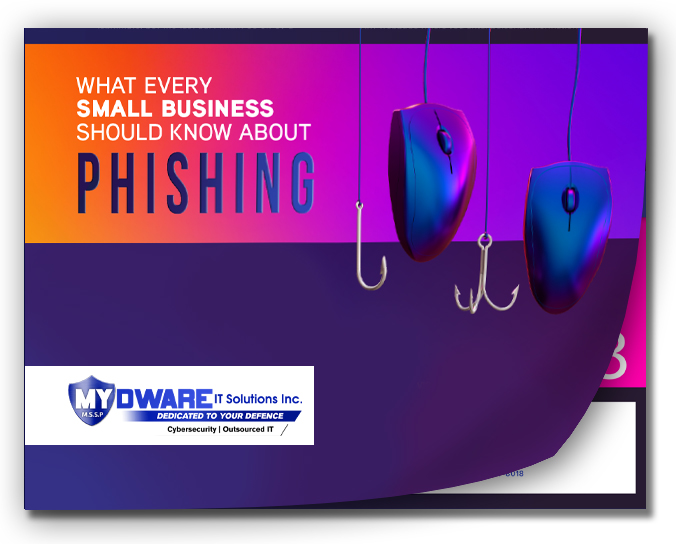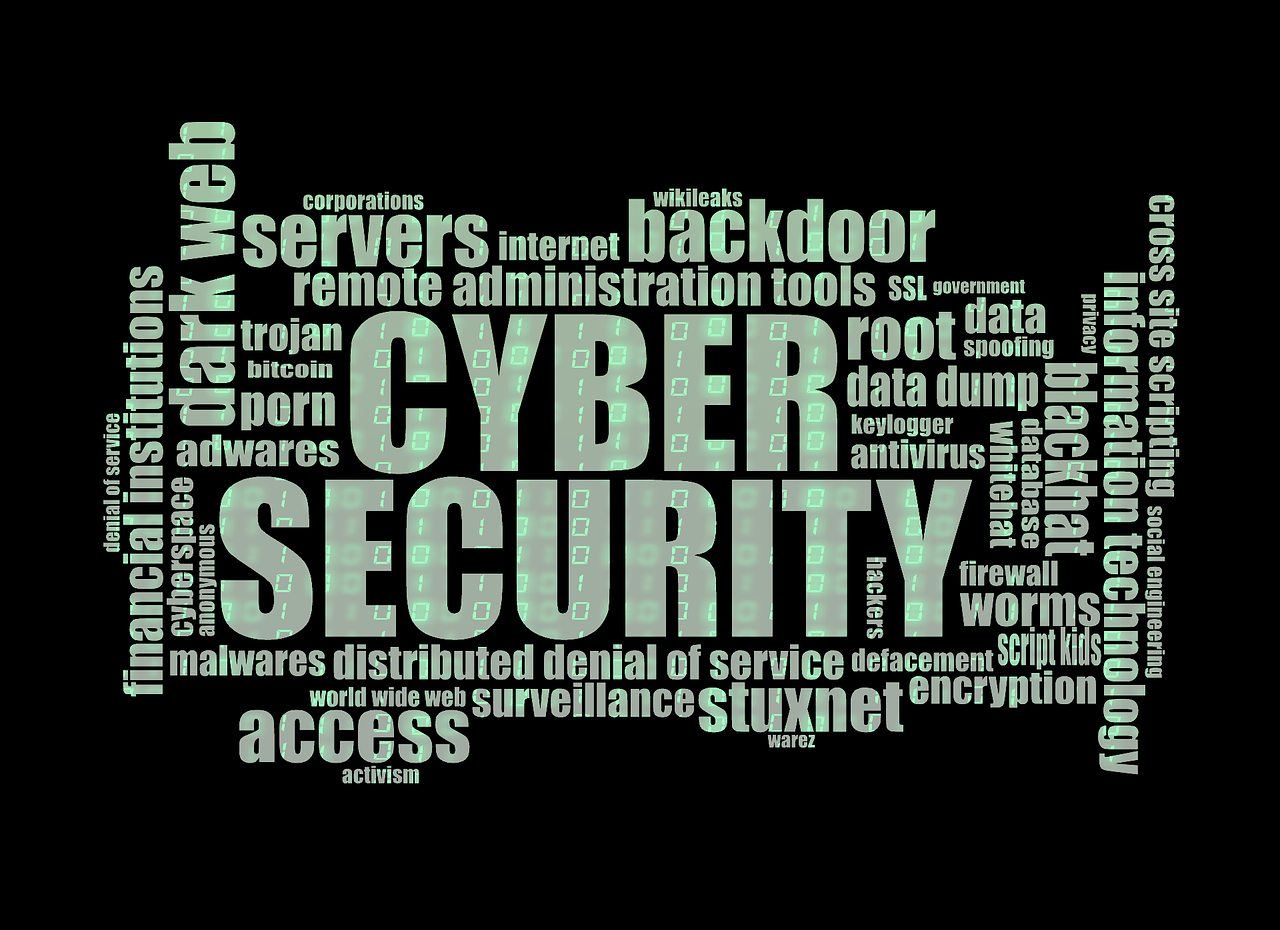 Phishing scams aren’t new, but 2025 has introduced a dangerous twist: hackers are now using AI chatbots to write emails that sound exactly like real people. These messages are polished, professional, and far harder to spot than the sloppy scams we used to laugh off.
Phishing scams aren’t new, but 2025 has introduced a dangerous twist: hackers are now using AI chatbots to write emails that sound exactly like real people. These messages are polished, professional, and far harder to spot than the sloppy scams we used to laugh off.
For small and mid-sized businesses in the GTA and Simcoe County, this is a growing concern. When even trained staff struggle to tell real messages from fake ones, the risk of clicking the wrong link skyrockets. If you’re wondering how safe your team really is, start with a FREE cybersecurity risk assessment today.
Why AI Makes Email Scams More Convincing
Hackers are training AI on massive datasets of business communications, customer service replies, and brand messages. The result is phishing emails that match tone, grammar, and style so well they appear legitimate.
These scams no longer rely on clumsy spelling mistakes or strange wording. Instead, they look like real invoices, HR updates, or internal requests. The scariest part? Many arrive from spoofed addresses that seem to come from your own team. To fight back, business owners must learn how to instantly identify phishing scams before they do damage.
1. The Disappearing Red Flags
In the past, phishing attempts were fairly easy to notice. AI-written scams remove those obvious warning signs, making every email a potential risk.
That means your staff can no longer rely on gut instinct alone. Training and awareness are now critical.
2. The Cost of One Wrong Click
Even one slip can give criminals access to sensitive data, banking logins, or client records. For SMBs, that often leads to ransomware, lawsuits, or lost customers.
The stakes are higher than ever, and attackers know smaller businesses don’t always have the same resources as large corporations. That’s why making smarter tech decisions—like embracing smart tech acceleration—is essential for staying ahead.
3. Tools That Help Spot the Fakes
While humans can be tricked, technology can help. Security filters, AI detection systems, and safer browsing habits drastically reduce exposure to phishing attacks.
For example, using the right browser can minimize risks from malicious sites—see why Microsoft Edge helps avoid data leaks and how it can be part of a smarter defense strategy.
Don’t Let AI-Powered Scams Catch Your Business Off Guard
Hackers are adapting fast, but so can you. The key is combining staff awareness with the right cybersecurity tools to block these new AI-driven threats.
Don’t wait until your business gets fooled by a fake email. Protect your team now with a FREE cybersecurity risk assessment and see exactly where your risks are hiding.
Darryl Cresswell
CEO & President
MYDWARE IT Solutions Inc.




